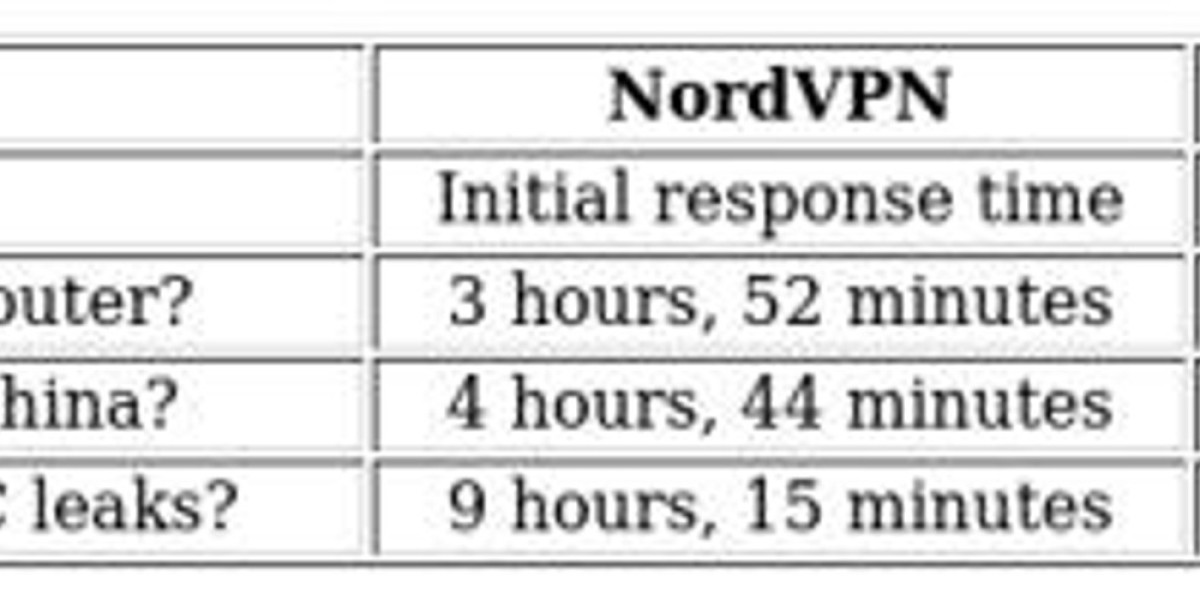As Bitcoin continues to shape the financial future, the demand for efficient and powerful Bitcoin mining hardware has skyrocketed. For crypto miners, whether hobbyists or professionals, choosing the right mining equipment is the key to maximizing returns and staying competitive in a rapidly evolving landscape. This guide dives deep into what Bitcoin mining hardware is, how it works, and what you should consider when choosing your setup.
What Is Bitcoin Mining Hardware?
Bitcoin mining hardware refers to the specialized physical devices used to mine Bitcoin. Mining is the process of validating transactions and securing the blockchain by solving complex mathematical puzzles. In return, miners receive block rewards in the form of BTC.
Initially, miners used general-purpose computers, but as competition grew and the mining difficulty increased, more specialized equipment was developed:
CPU Mining (no longer viable)
GPU Mining (used today for altcoins, but not efficient for BTC)
FPGA Mining
ASIC Mining (Application-Specific Integrated Circuit) – The current standard for Bitcoin mining
Today, ASIC miners dominate the market, offering unmatched efficiency and processing power tailored exclusively for mining SHA-256 algorithms like Bitcoin.
Why Bitcoin Mining Hardware Matters
Bitcoin mining is a race — the faster your hardware can compute hash functions, the higher your chances of solving a block and earning rewards. Without efficient hardware, your operational costs (mainly electricity) may outweigh your earnings.
The right Bitcoin mining hardware offers:
High hash rate (measured in TH/s)
Energy efficiency (W/TH ratio)
Durability and reliability
Remote monitoring and firmware support
Compact design for easier deployment in mining farms
Top Bitcoin Mining Hardware in 2025
Here are the leading ASIC miners that are dominating the scene this year:
1. Bitmain Antminer S21
Hashrate: 200 TH/s
Power Consumption: 3500W
Efficiency: 17.5 J/TH
Highlights: Industry leader in hash rate performance; reliable and efficient for large mining farms.
2. WhatsMiner M60S++
Hashrate: 240 TH/s
Power Consumption: 3680W
Efficiency: 15.33 J/TH
Highlights: Compact and rugged; highly energy efficient for high-volume operations.
3. iBeLink BM-K3
Hashrate: 70 TH/s
Power Consumption: 3300W
Efficiency: ~47 J/TH
Highlights: Affordable entry for new miners with mid-level performance.
4. Canaan Avalon Made A1466
Hashrate: 150 TH/s
Power Consumption: 3230W
Efficiency: 21.5 J/TH
Highlights: Known for stability and longevity in performance.
What to Consider Before Buying Bitcoin Mining Hardware
⚡ Power Consumption
Energy costs are the biggest ongoing expense in mining. Choose equipment with a low watt-per-terahash ratio to optimize your electricity bill.
? Noise and Heat
ASICs are noisy and generate heat. If you’re mining at home or in an office, consider soundproofing or placing your rigs in a dedicated facility.
?️ Cooling
Good airflow and cooling are essential to prevent overheating and extend hardware lifespan. Some advanced setups use immersion cooling for better thermal performance.
? Location
Mining in regions with cheap electricity and cool climates (like parts of Canada, Kazakhstan, or Texas) can greatly increase profitability.
?️ Maintenance and Firmware
Choose hardware from reputable manufacturers that offer regular firmware updates, diagnostics tools, and community support.
Solo vs. Pool Mining: Does Your Hardware Make a Difference?
If you’re running a single or few ASIC units, joining a mining pool is typically more profitable than solo mining. Pools combine hashing power from multiple miners and distribute rewards proportionally.
However, large-scale miners with hundreds of machines may choose to mine solo and claim the full 6.25 BTC reward per block (as of 2025), making hardware performance even more critical.
The Cost of Bitcoin Mining Hardware
The price of a new ASIC miner can range from $1,000 to $6,000+, depending on the model, hash rate, and energy efficiency. Prices fluctuate based on Bitcoin’s market price, mining difficulty, and demand.
Used miners can offer a lower upfront cost but may come with wear-and-tear and lack warranty coverage.
Mining Profitability in 2025
With the Bitcoin halving in early 2024 reducing block rewards to 3.125 BTC, profitability margins have tightened. That means efficiency is king.
To stay profitable:
Use low-cost electricity
Join reputable mining pools (e.g., F2Pool, SlushPool, ViaBTC)
Regularly clean and maintain hardware
Consider renewable energy solutions like solar mining for long-term sustainability
Future of Bitcoin Mining Hardware
The next generation of mining hardware will likely focus on:
Even greater energy efficiency
AI-assisted performance monitoring
Modular upgrades for existing systems
Environmentally friendly mining practices
Companies like BlockDAG, Bitmain, MicroBT, and Canaan are investing heavily in R&D to create more sustainable and powerful mining solutions.
Conclusion: Choosing the Right Bitcoin Mining Hardware
Your mining success depends heavily on the quality of your hardware. Whether you’re setting up a small rig or building a large-scale farm, investing in the best Bitcoin mining hardware will define your profitability, efficiency, and growth.
As competition rises and rewards decrease over time, only the most optimized operations will thrive. Make sure your equipment is future-proof, energy-efficient, and backed by strong support.
? Explore Mining Innovations at BlockDAG Network
Looking for a future-forward approach to mining? Discover BlockDAG’s innovative mining solutions like the X-Series miners and X1 App Miner – combining powerful performance with mobile accessibility. Learn more at https://blockdag.network/crypto-mining-rigs.






